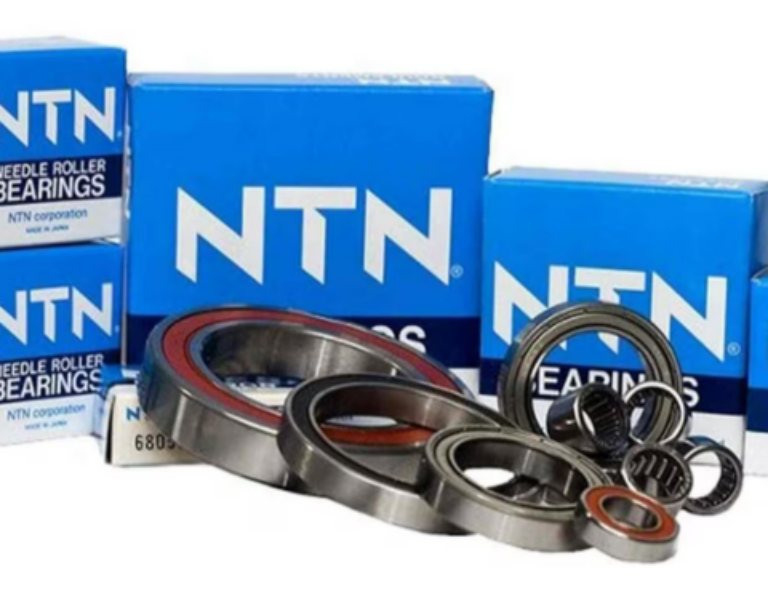
2025-09-20T04:48:37
Bearings are essential mechanical components used to reduce friction between moving parts and support loads in machinery. They enable smooth and efficient motion by facilitating either rotational or linear movement. Bearings are found in a wide range of applications, from household appliances and automobiles to industrial machinery and aerospace systems. There are several types of bearings, each designed for specific applications and load requirements: Ball Bearings – These are the most common type, using balls to maintain the separation between bearing races. They are ideal for handling radial and light axial loads and are commonly used in electric motors, fans, and hard drives. Roller Bearings – These use cylindrical rollers instead of balls, allowing them to handle heavier radial loads. Variants include cylindrical, spherical, and tapered roller bearings. Thrust Bearings – Designed to handle axial loads, these are used in applications like automotive transmissions and rotating shafts. Plain Bearings (Sleeve Bearings) – These are the simplest type, consisting of a sliding surface. They are often used in low-speed or oscillating applications. Magnetic and Fluid Bearings – Advanced types used in high-speed or precision equipment, reducing friction using magnetic fields or fluid films. Bearings must be properly lubricated and maintained to prevent wear, overheating, and failure. Factors such as load type, speed, operating environment, and material selection influence bearing performance and lifespan. Recent advancements in bearing technology focus on materials (such as ceramic or hybrid bearings), improved sealing systems, and smart sensors for real-time condition monitoring.

Have a question? Ask here!
Required fields are marked *